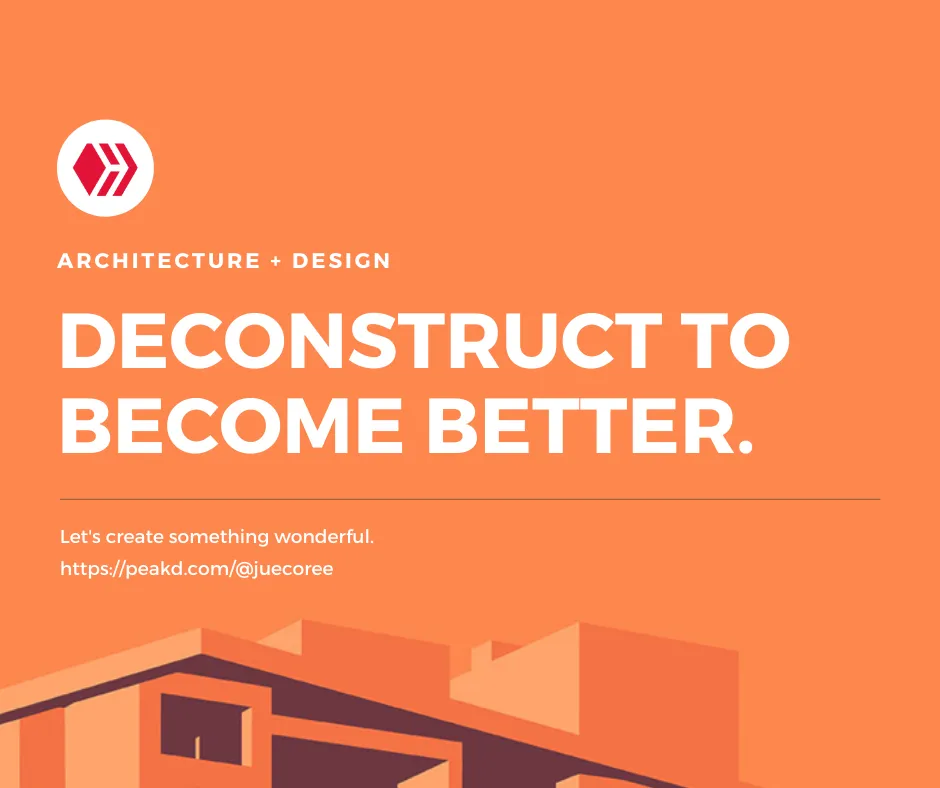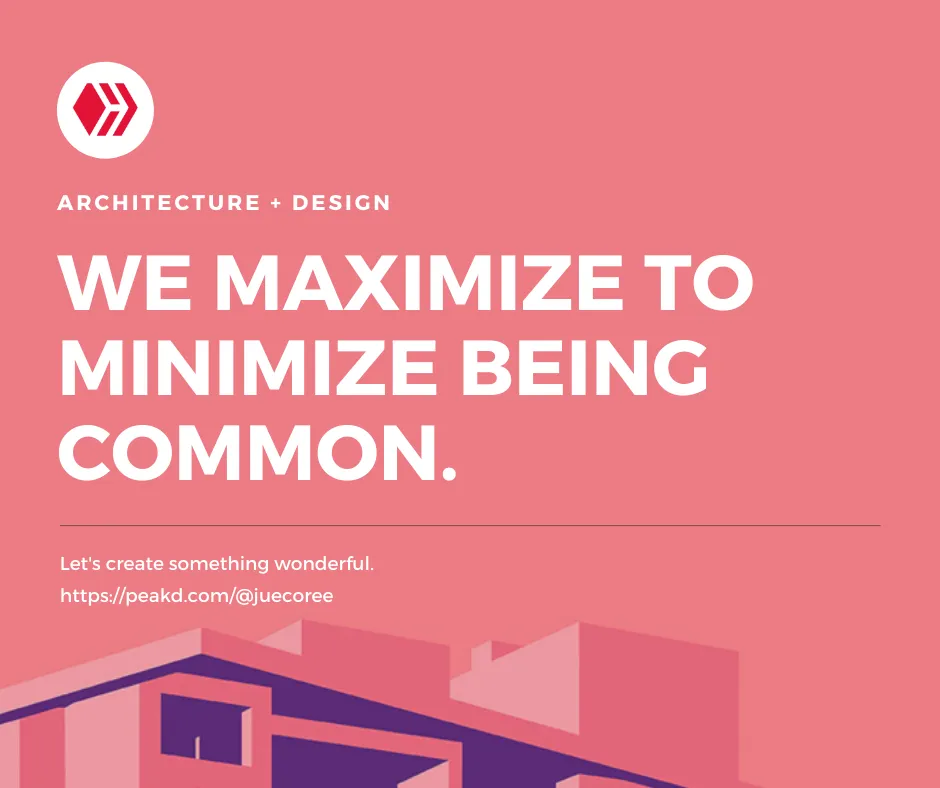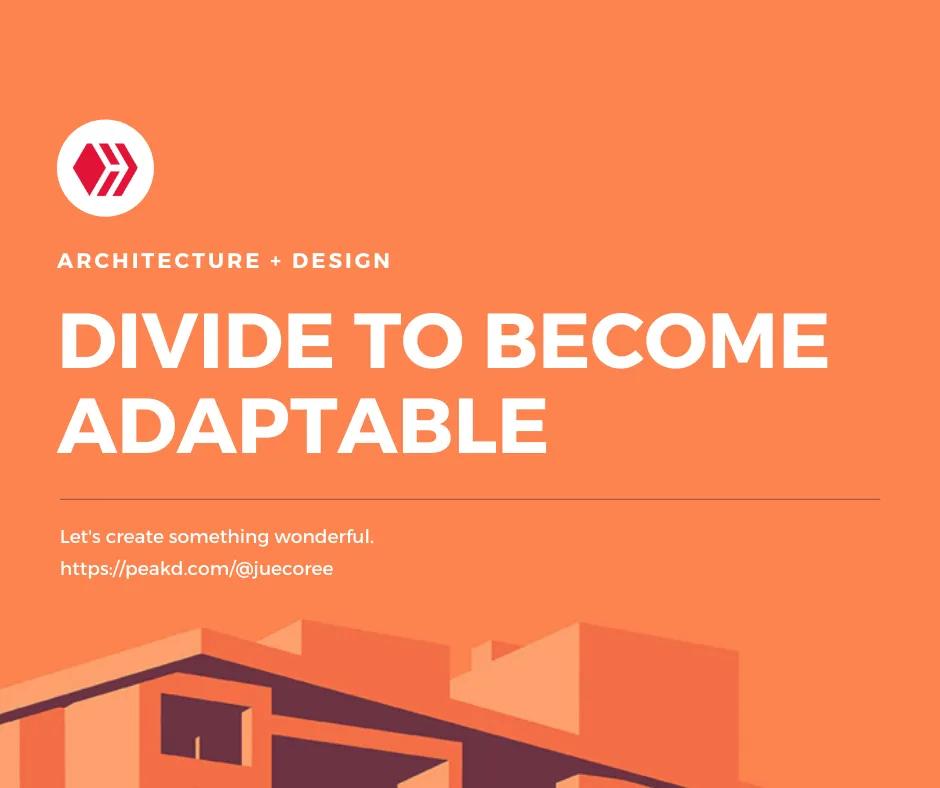
The coronavirus pandemic pressed our society that we forced to accept changes, which may be permanent. When the pandemic still downs and dies down naturally in the future, we will not be returning to what we used to have and undoing what we have since the start of the pandemic. Some still expect that our conventional ways of doing things before we ebbed with the coronavirus outbreak. Initially, it is a hard pill to swallow since our lives loved what is familiar to us. But we can't resist the change coming forth after the pandemic.
Our increase adaptation of cashless transactions, remote work, and digital commerce during the pandemic. We can expect that it will remain after the pandemic and grow to great heights. The pandemic hinders our old way of life, and we wished the pandemic did not happen, but it brought us a newer perspective to live our life. Our society changes, but we can only speculate for now if it is for better or worst. I am optimistic that the changes the pandemic presents to us will be worth it.
We saw more automation in the workplace. The pandemic helped us look for what we can replace with technology to mitigate the risk of infection and spreading of the virus but retaining our productivity. The brick-and-mortar retail is slowly decreasing that online become a new lease of life for retailers and consumers. We can expect that online ordering becomes the norm after the pandemic. Allowing employees to work from home, employers may save money on infrastructure while maximizing daily workflow. Working from home improved schedule flexibility and less burden on family relationships, which became quite appealing. Work-from-home will be a more prominent option for us as we move forward.
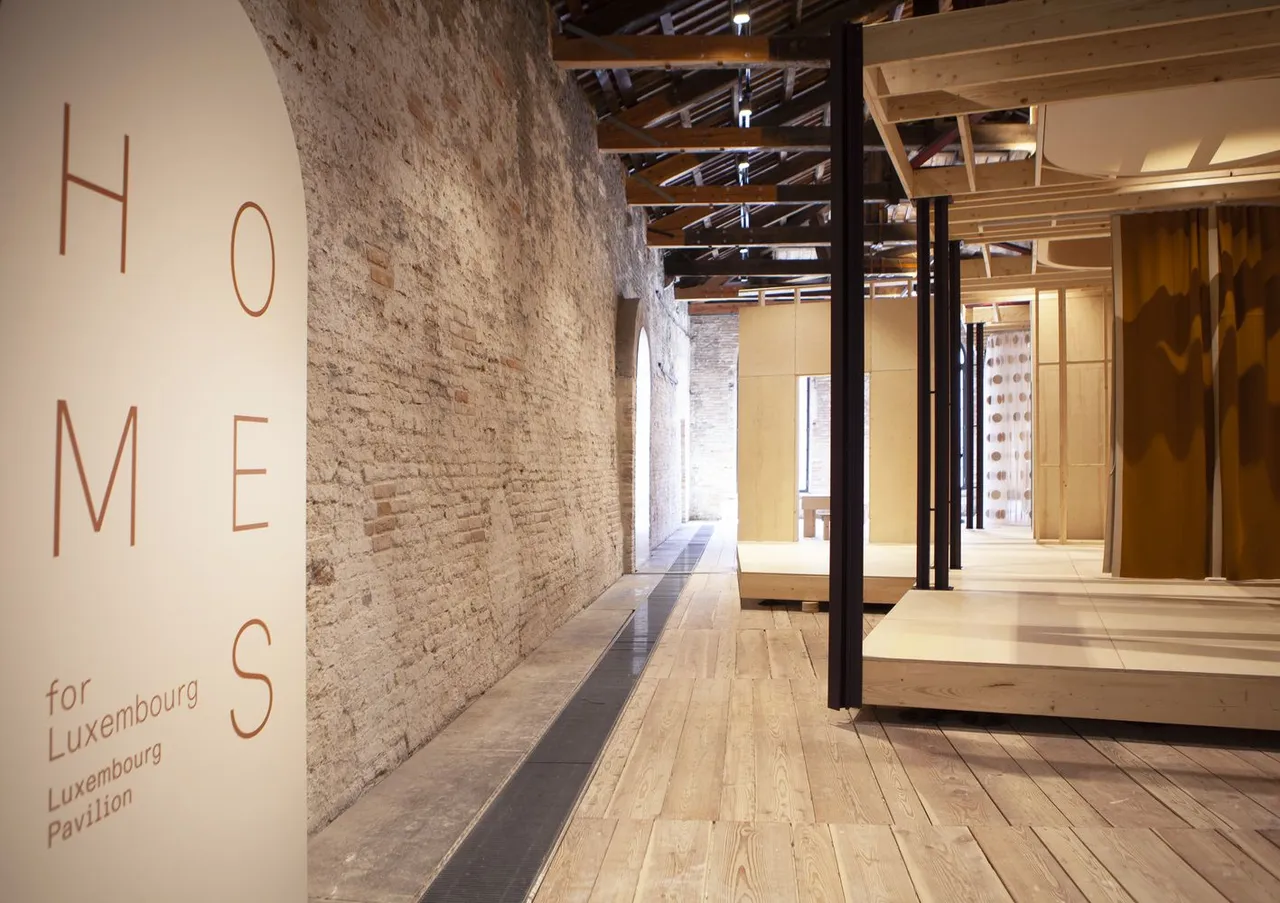
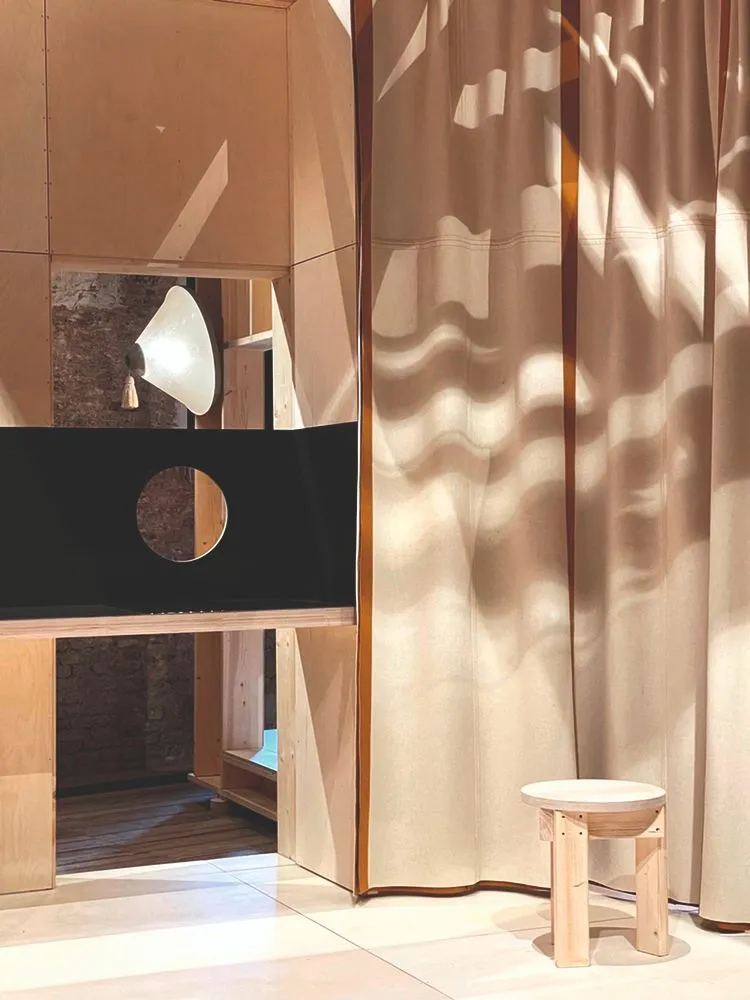
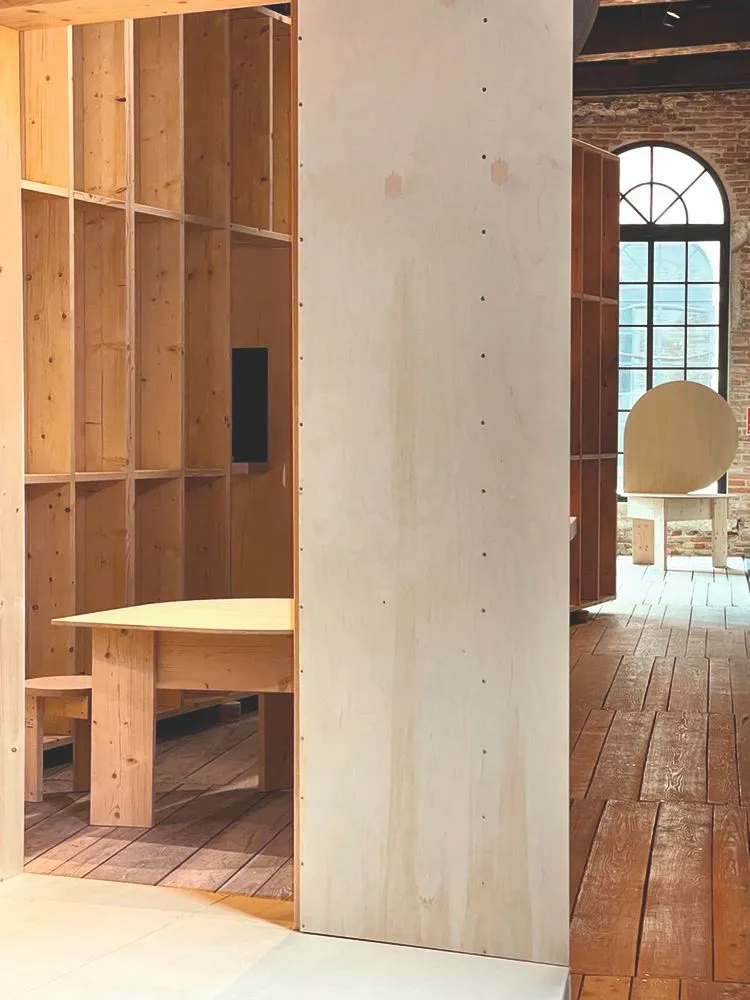
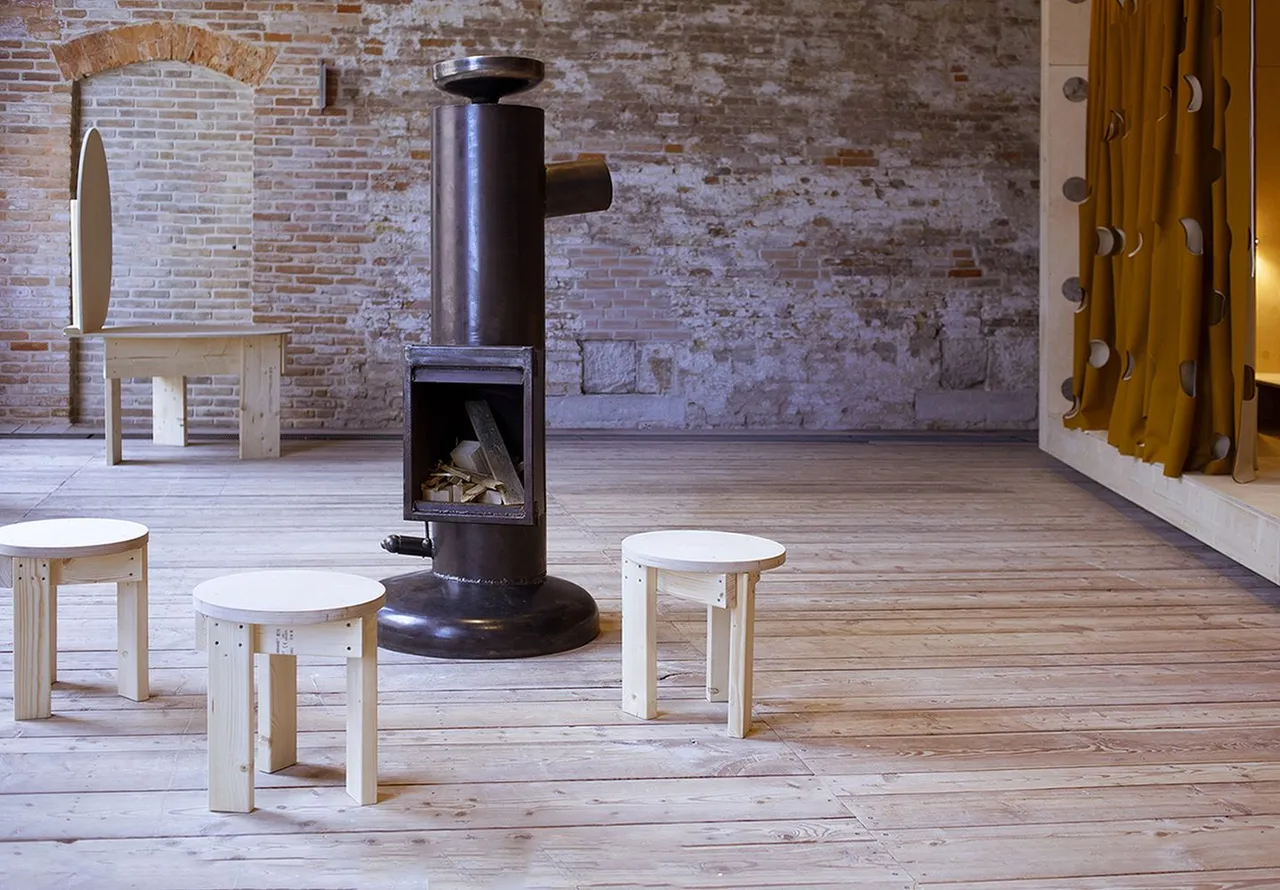
Healthcare doesn't shy out with digitalization. We saw telemedicine on the rise, especially those offering help for our mental health. Education strives with the pandemic as we go to virtual classrooms. Virtual classes may not be the go-to in developing social skills, but they can suffice what we need right now and remains valuable at least shortly. Personally, online classes will become an integral element to the future of education. We can't deny that the world we knew before is changing rapidly due to the catalyzing effect of the coronavirus pandemic. Again, we can't still say whether it is better or worst for us.
These are inevitable changes that arise from the pandemic, and some continue to thrive after. With these changes in mind, we have to answer a call for flexible built space that needs to adapt to the changes. We are sheltering in our place for a longer time or will shortly due to spikes of the pandemic. It's difficult not to pay closer attention to our physical environment these days. Out of boredom, some of us eventually fall to DIY home renovation initiatives or become home gardeners, at least anecdotally.
Prolong attention to our built space makes us feel our closet has never been tidier. It enables us to rethink the design of living and working space to, at least, make it more adaptable to the present needs and may suit a world that will never be the same. Architects and designers have been rethinking how a post-pandemic built world is, how we design open and public spaces. Everyone is thinking and making space adaptable and still get the best experience out of it.
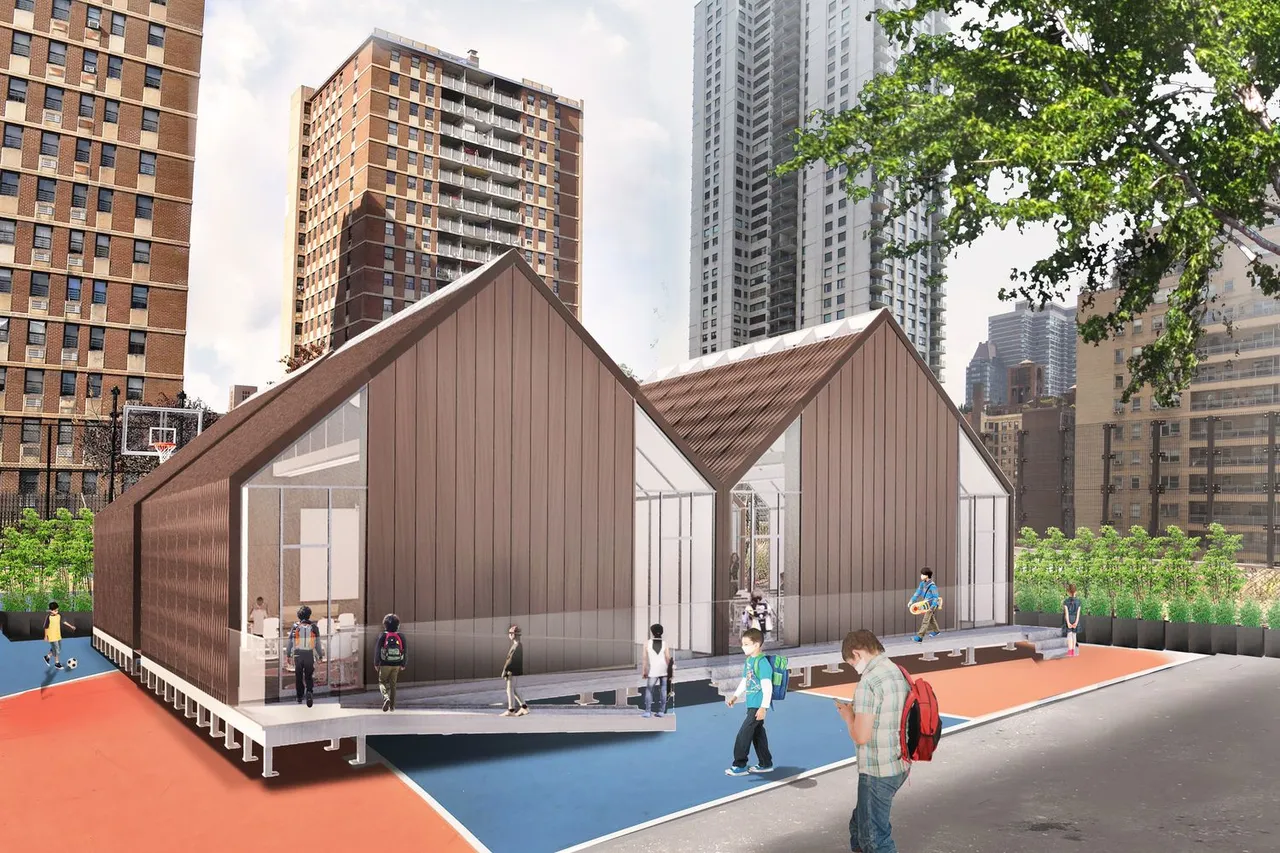
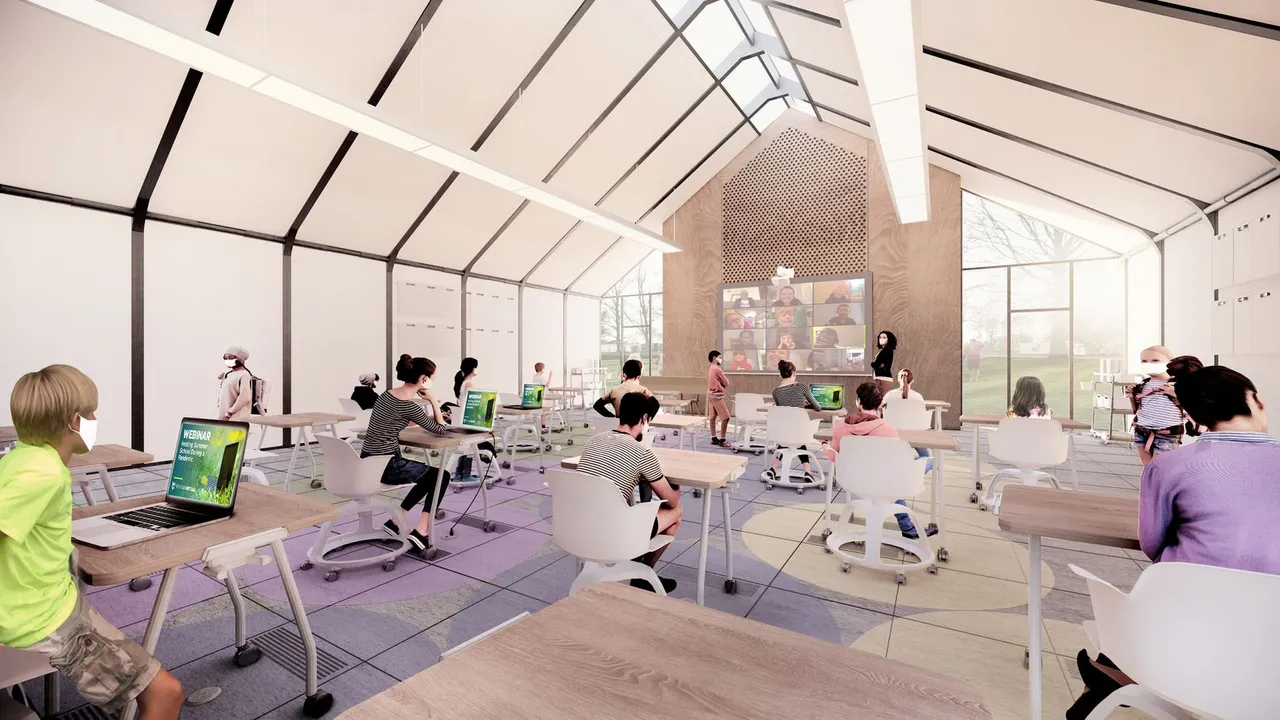
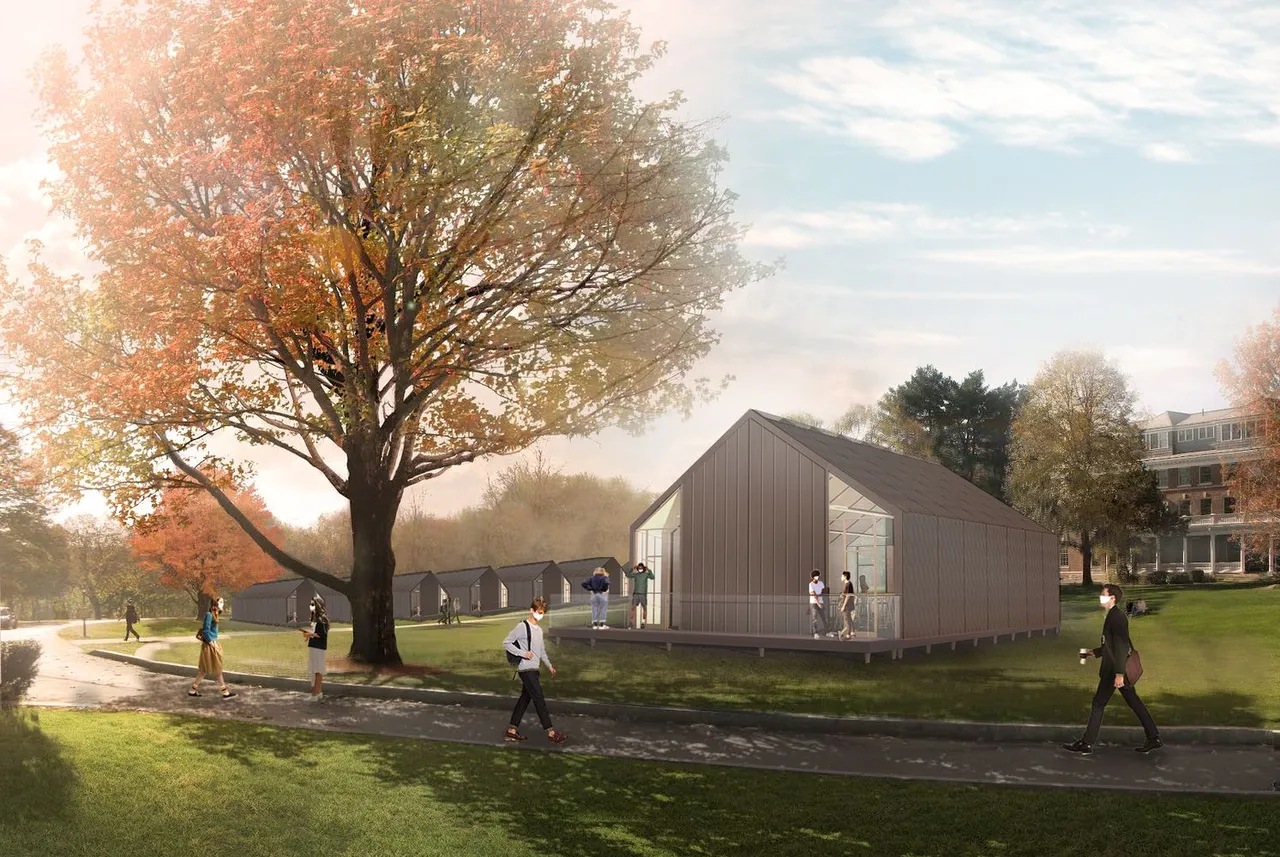
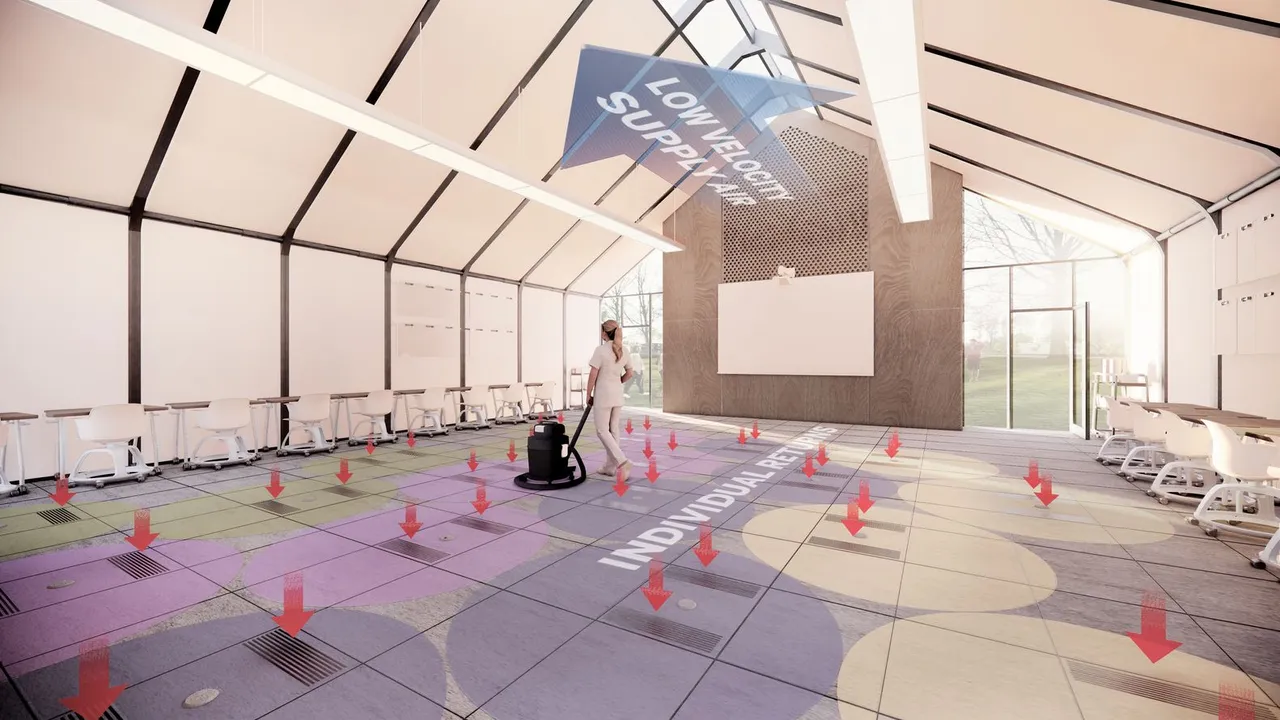
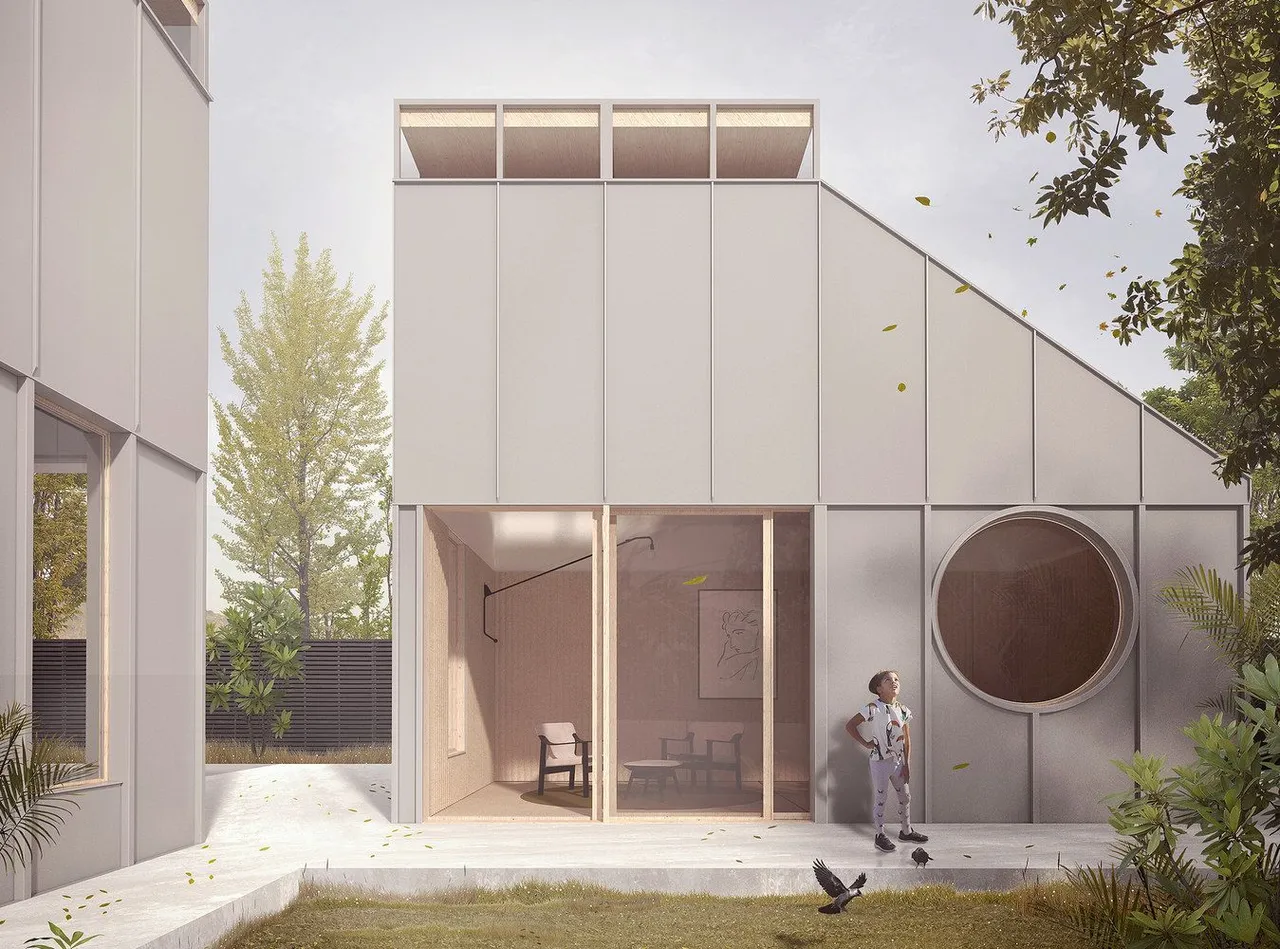
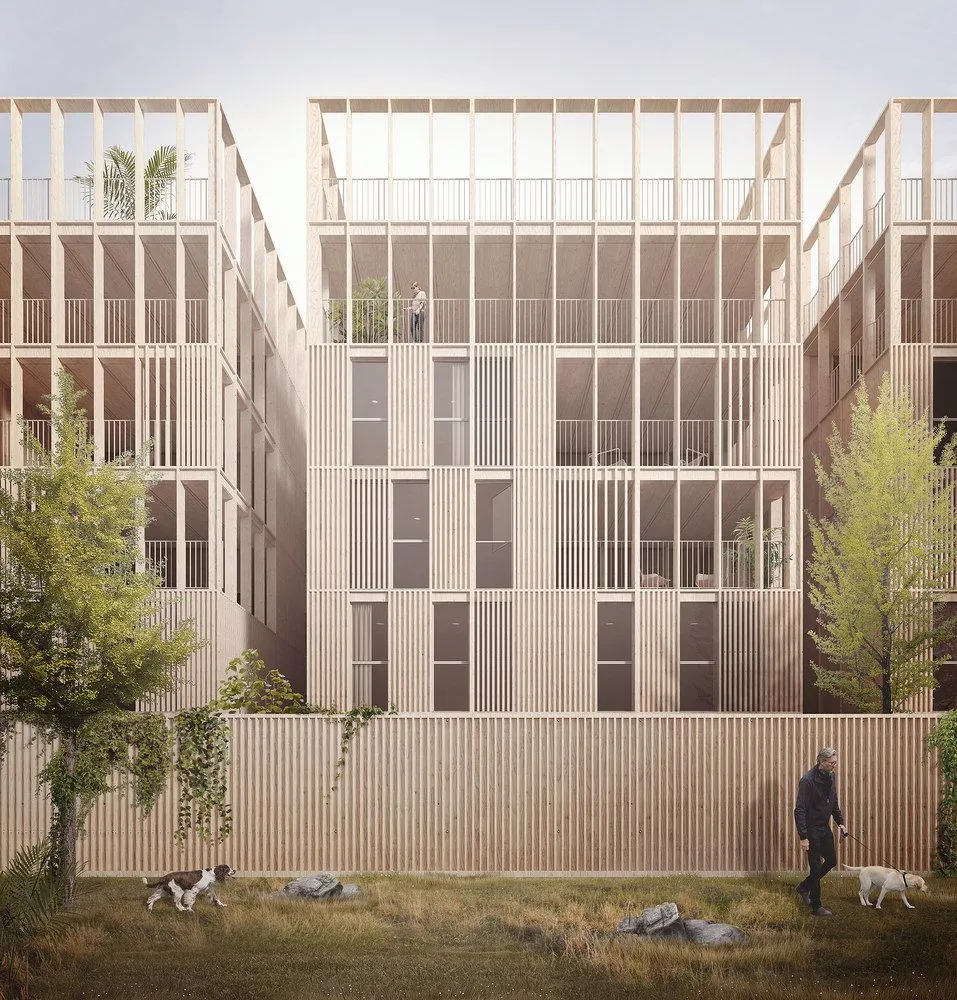
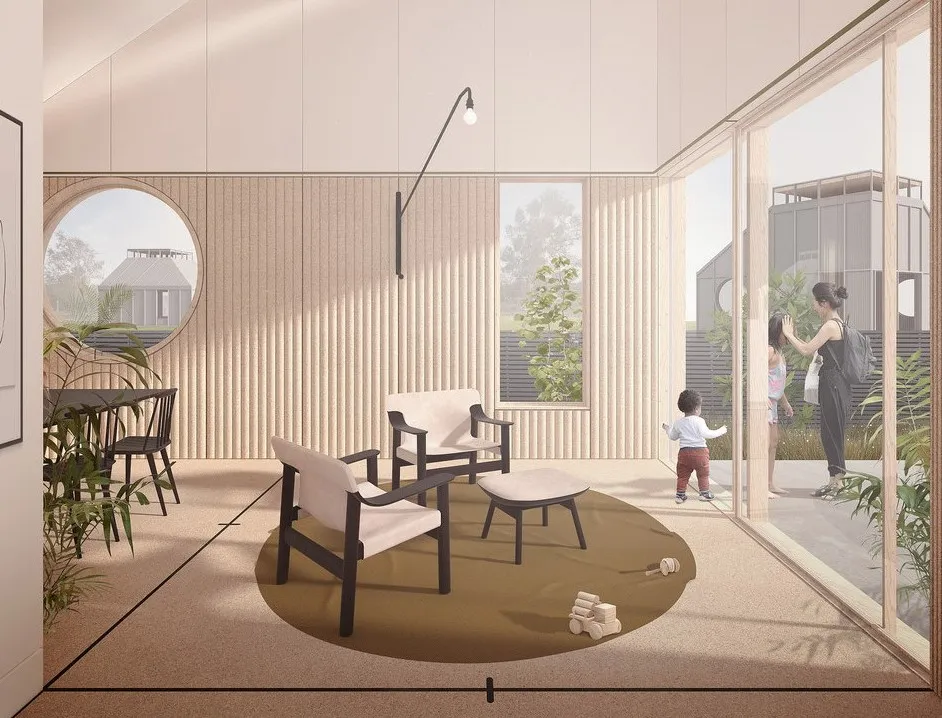
Modularity strives within the comforts of what we desire for our built space. When we talk about the future of architecture, we can't neglect how we construct these spaces as a whole. Our design should not inhibit optimality in our construction to ensure value in our time and money. Also, we can sustain our environment's well-being. The modular design has been around for quite some time, which builds things by bite-size elements that we can layer, reorganize, reuse, and so on.
The modular design approach entails breaking down a design into modules that we can assemble and fit to create a functional system or structure. Modularity in design offers us adaptability. We can alter some part of the structure without replacing its entirety. Modular design is sustainable due to its reusability. Adopting modular design and reusable patterns into our built space design, we may enhance consistency and quality. It's no surprise that many people advocate modular architecture and construction.
Modular design divided design into the functional partition that is discrete scalable and reusable modules. Modularity in design offers us to use the same module in different configurations. It allows a wide range of designs application. It has lower capital needs and cost savings when a project is vast in scale and scope. As a result, modularity is pushing the productivity frontier in design creation. The modularity of the design is not only in shape but of what makes up the design itself. With modularity, we can build smaller parts that we can put together to become a whole structure than building a complex piece in one go.
The modular approach speaks volumes of significance in architectural designs. The modular design represents upgradability, serviceability, flexibility, and so on. What is beautiful about modular architecture is that we can replace or add something without generally affecting its entirety. Adopting modularity means having limitless options of architectural patterns and forms from a simple set of the module. The modules grow more sophisticated and configurable as they adapt to the circumstance. The use of modular and platform methods can reduce complexity while also delivering significant benefits.
We need to embrace changes that may be irreversible as a result of the coronavirus epidemic. Work-from-home will become a choice for us as time goes on. Online classes will become an essential component of education. Modularity in design becomes a frontrunner for architecture and design for post-pandemic. Due to its upgradability, serviceability, and reusability, modular design is sustainable.
Readings
Isaac-Daniel Astrachan, Modular Construction as a Post COVID-19 Design Alternative, Building Enclosure
Alyssa Giacobbe, How the COVID-19 Pandemic Will Change the Built Environment, Architectural Digest
A. L. Correia, V. Murtinho, and L. Simões da Silva, Modularity in architectural design: Lessons from a housing case, ResearchGate
Photo Description and Credit
An exhibit called Homes for Luxembourg in Luxembourg Pavilion, designed by Sara Noel Costa de Araujo (Studio SNCDA) and featuring contributions to the architecture publication Accattone. They explores ideas of modular, reversible living while also illustrating a model of repurposing land to build new forms of togetherness. (see Photo Grid 1) | Photo from LUCA
A COVID-Responsive Pop-Up School designed by Skidmore, Owings & Merrill (see Photo Grid 2, Left) | Photo from Skidmore, Owings & Merrill
The Phäbb MODU modular housing project of Morris+Company (see Photo Grid 2, Right) | Photo from Morris+Company

